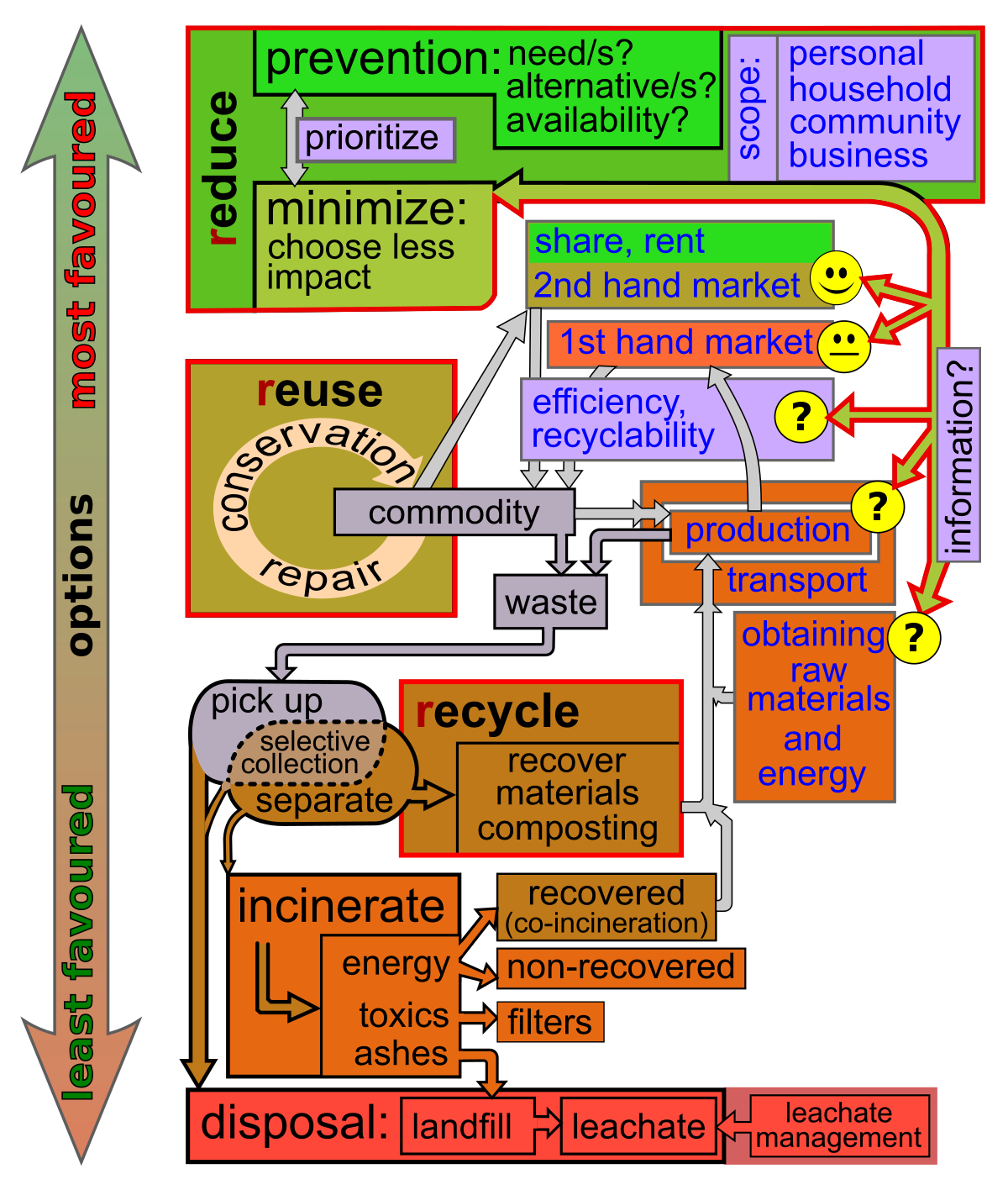Handloom: A Timeless Tradition and Its Positive Environmental Impact
By Ankita Thakur August 21, 2023

In a fast-paced world dominated by mass production and fast fashion, there is a timeless tradition that stands out for its artistry, sustainability, and positive impact on the environment: handloom weaving. Handloom textiles have been woven for centuries using traditional techniques and natural fibers, providing countless benefits not only to the artisans but also to the planet. In this blog, we will explore the rich heritage of handloom weaving and delve into its positive environmental impact.
Preserving Cultural Heritage: Handloom weaving is an age-old craft that has been passed down through generations, preserving cultural heritage and craftsmanship. Each region has its unique weaving style, patterns, and motifs, making handloom textiles a reflection of a community''s identity and heritage. By supporting handloom products, we contribute to the preservation of these traditions and help sustain the livelihoods of skilled artisans.
Sustainable Use of Natural Resources: One of the significant advantages of handloom textiles is the sustainable use of natural resources. Handloom weavers primarily work with natural fibers like cotton, silk, wool, linen, or jute, which have a significantly lower environmental impact compared to synthetic fibers. Natural fibers are renewable, biodegradable, and do not contribute to microplastic pollution, unlike their synthetic counterparts. By choosing handloom textiles, we reduce our reliance on petroleum-based materials and promote a more sustainable fashion industry.
Energy Efficiency: Handloom weaving is a highly energy-efficient process compared to industrial manufacturing. Handloom looms are powered by human energy, eliminating the need for electricity or fossil fuels. The manual labor involved in weaving creates employment opportunities for local communities, particularly in rural areas. By supporting handloom, we contribute to sustainable development and empower artisans to earn a living while reducing the carbon footprint associated with energy-intensive production processes.
Minimal Waste Generation: Handloom weaving emphasizes a zero-waste approach. Artisans meticulously plan and calculate the required amount of yarn for each textile, minimizing waste generation during production. Any leftover yarn can be reused or repurposed, further reducing material waste. Additionally, the organic dyes used in handloom textiles are often derived from natural sources like plants, fruits, and minerals, minimizing the release of harmful chemicals into the environment.

Carbon Footprint Reduction: Handloom textiles have a significantly lower carbon footprint compared to mass-produced textiles. Industrial manufacturing processes involve extensive transportation of raw materials and finished products, contributing to greenhouse gas emissions. In contrast, handloom weaving typically occurs within the artisan''s community, reducing the need for long-distance transportation. By supporting handloom, we promote localized production and reduce carbon emissions associated with the fashion industry.

Promoting Slow Fashion: Handloom textiles embody the principles of slow fashion, advocating for mindful consumption and durability. Handloom products are made to last, showcasing the craftsmanship and attention to detail of the artisans. By investing in handloom textiles, we reduce the demand for fast fashion, which often leads to overconsumption and waste. Supporting handloom encourages a more sustainable and ethical fashion ecosystem.
In the end, Handloom weaving is not just a craft; it is a sustainable and timeless tradition that has positive environmental implications. By choosing handloom textiles, we support the preservation of cultural heritage, promote the sustainable use of natural resources, reduce energy consumption, minimize waste generation, and lower carbon emissions. In an era where sustainability is becoming increasingly crucial, embracing handloom textiles is an empowering way to contribute to a more eco-conscious and responsible future. Let us celebrate the artisans behind this beautiful tradition and make handloom a part of our sustainable lifestyle choices.
#HandloomWeaving #SustainableFashion #TraditionalCraftsmanship #EthicalTextiles #SlowFashionMovement #NaturalFibers #PreservingHeritage #EnvironmentallyFriendly #ZeroWasteProduction #ArtisanalTradition
